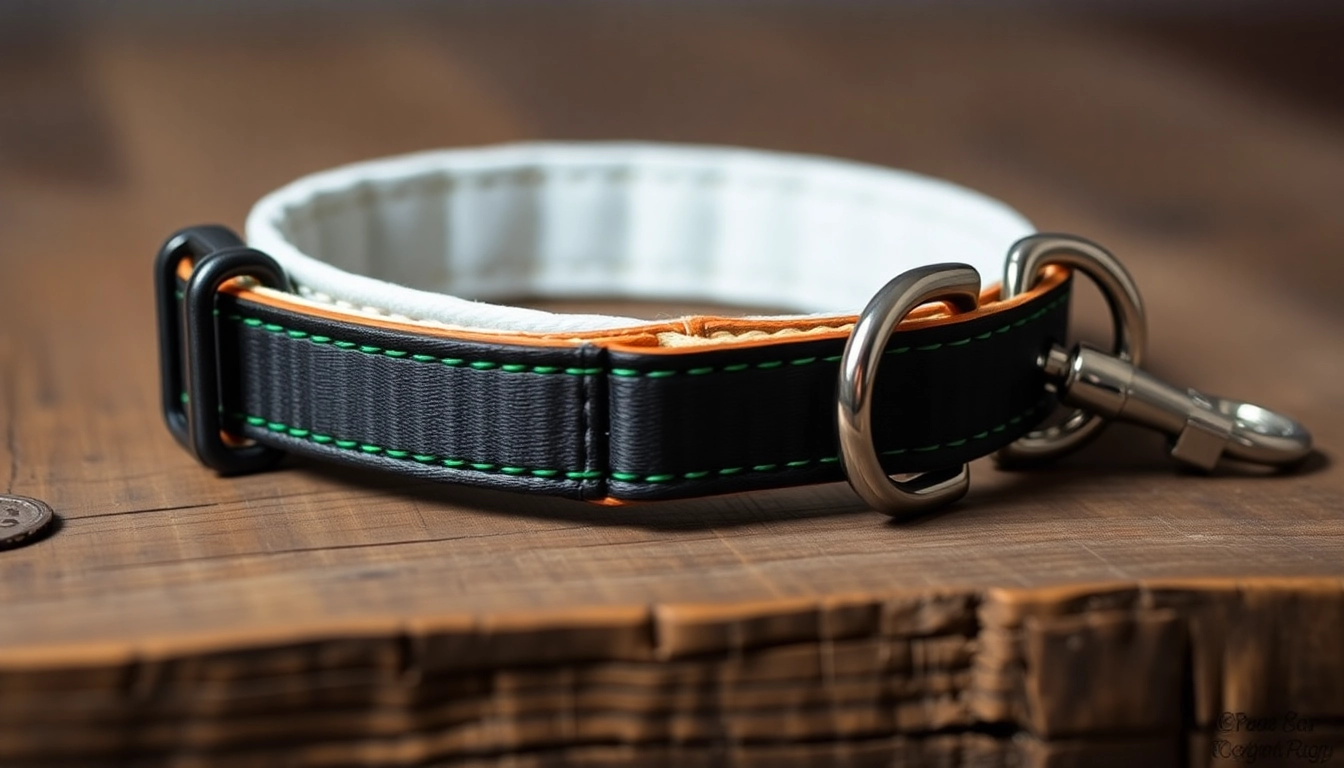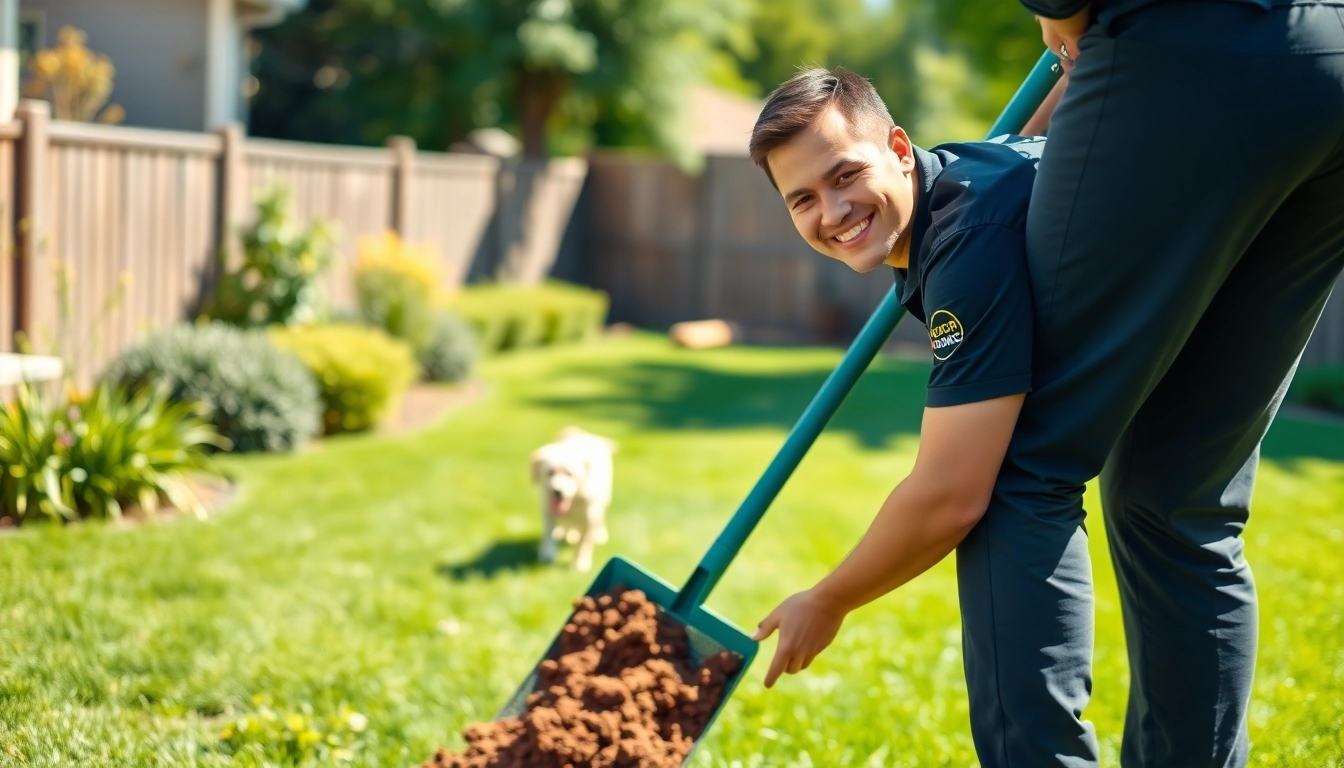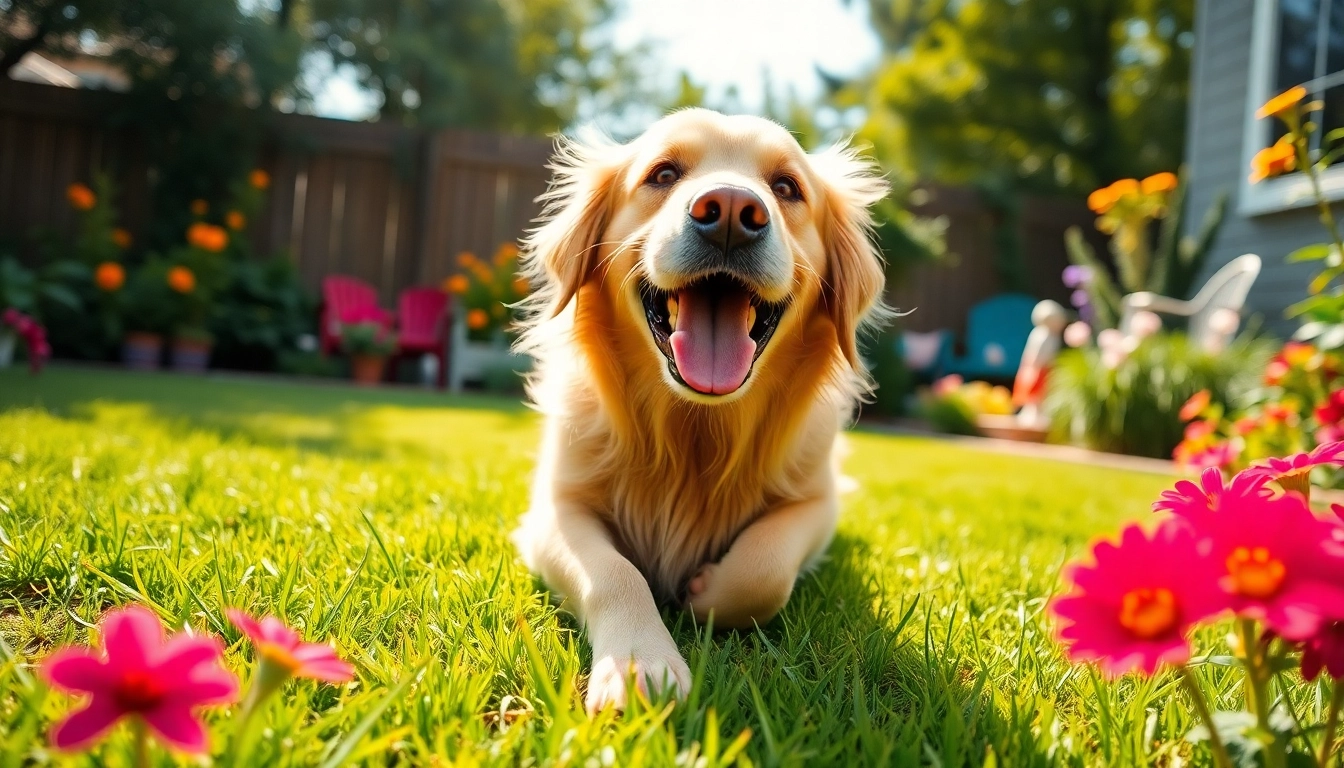Understanding Dog Leash Collars: A Comprehensive Guide
When it comes to walking your furry friend, a reliable dog leash collar is paramount. Not only does it ensure your dog’s safety, but it also allows for a seamless and enjoyable walking experience for both you and your pet. Today, we’ll explore the essential components of a good dog leash collar, its various types, and how to find the perfect fit for your canine companion.
What Makes a Quality Dog Leash Collar?
A quality dog leash collar possesses several critical features. It should be durable enough to withstand your dog’s strength yet comfortable enough not to irritate their skin. Key characteristics include:
- Material: The fabric should be breathable and non-chafing.
- Adjustability: A collar that provides flexibility in sizing ensures a proper fit.
- Design: The collar should be ergonomic, allowing for natural movement.
- Safety Elements: Reflective materials or quick-release buckles enhance visibility and safety.
Ultimately, a quality collar not only keeps your dog secure but also complements your lifestyle and style preferences.
Different Types of Dog Leash Collars Explained
Various dog leash collars are designed to cater to different needs. Understanding these types can help you make an informed choice:
- Flat Collars: The most common type, suitable for most dogs. Flat collars are typically used for IDs and tags.
- Martingale Collars: These provide more control and are ideal for dogs that tend to escape their collars.
- Head Halters: Designed to give you more control without putting excessive pressure on the dog’s neck.
- Training Collars: These include choke, prong, and electronic collars, used primarily in training scenarios.
Each collar type serves a unique purpose, so selecting the right one depends on your dog’s behavior and training needs.
Choosing the Right Size for Your Dog
Size is a crucial factor in ensuring comfort and safety. A collar that is too tight can cause harm, whereas one that is too loose may slip off. To determine the right size:
- Use a soft measuring tape to measure the circumference of your dog’s neck.
- Add an extra inch or two for comfort, depending on the dog’s fur.
- Check manufacturer’s guidelines since sizing can vary between brands.
Regularly check the fit as your dog grows or changes weight.
Best Materials for Dog Leash Collars: Pros and Cons
Leather Collars: Timeless Durability
Leather collars are recognized for their classic appearance and durability. They can endure wear and tear and, with proper care, can last for years. However, they may be less suitable for water-loving breeds since they can retain moisture and get damaged over time.
Nylon Collars: Versatility and Comfort
Nylon collars are lightweight, easy to clean, and highly customizable in terms of colors and designs. They can be adjusted easily, making them suitable for dogs of all sizes. Nonetheless, they may not offer the same durability as leather and can wear out faster with heavy use.
Reflective Collars: Safety First
If nighttime visibility is a concern for you, reflective collars are the best option. These collars are equipped with reflective material that shines in the dark, enhancing safety during late-night walks. However, they may not be as durable as other materials, requiring more frequent replacement.
How to Properly Fit a Dog Leash Collar
Measurement Tips for Optimal Comfort
Accurate measurement is vital for a proper fit. Avoid using a standard collar size as each dog breeds varies. Utilize a flexible measuring tape, ensuring it is snug while still allowing you to fit two fingers underneath. This will help you find a comfortable yet secure fit.
Adjusting Collars for Different Breeds
Different breeds have unique neck shapes and sizes. For example, greyhounds have a slender neck, while bulldogs may need extra room for their broader necks. Knowing these distinctions can guide you in selecting the appropriate collar type and size.
Signs That a Collar is Too Tight or Loose
Monitoring your dog’s comfort level is crucial to ensure that their collar fits properly. Signs indicating a collar is too tight include:
- Visible discomfort, such as whining or attempting to remove the collar.
- Red marks or irritation on the skin.
Conversely, if a collar is too loose, your dog might be able to slip out. Observing these behaviors will help in adjusting the collar appropriately.
Styling Your Dog with Leash Collars: Top Trends
Color Coordination with Seasonal Outfits
Many pet owners enjoy aligning their dog’s collar with seasonal colors or their own outfits. For instance, pastel shades in spring or bright colors in summer can create a cohesive look. Tailoring your dog’s leash collar to seasonal trends not only enhances style but also brings an element of fun to your walks.
Unique Designs to Match Your Dog’s Personality
From floral patterns to superhero motifs, unique designs can showcase your dog’s personality. Many brands now offer customizable options, allowing you to add your dog’s name or unique elements, further enhancing their individuality.
Functional Accessories to Enhance Your Leash Collar
Adding functional accessories like bow ties, bandanas, or tags can enhance your dog’s collar. These accessories not only improve aesthetics but can also serve practical purposes like communication in case your dog wanders away. Consider the season or events for accessorizing opportunities, making walks more exciting.
Maintaining Your Dog Leash Collar for Longevity
Cleaning Tips for Different Materials
Regular cleaning is essential in maintaining your dog’s leash collar. For leather collars, use a damp cloth and leather conditioner to prevent cracking. Nylon collars can generally be machine washed, but check the label instructions for best practices. Reflective collars should be wiped clean with a cloth to preserve visibility.
When to Replace Your Dog Leash Collar
Even the best materials will eventually wear out. Signs that your collar may need replacement include fraying edges, visible damage, or decreased functionality of any safety features like buckles. Regularly inspect the collar, especially after prolonged use, and replace it when necessary.
Storing Your Collar to Prevent Damage
Proper storage can prolong the life of your dog’s collar. When not in use, store it in a cool, dry place away from direct sunlight, particularly for leather collars that can degrade in harsh light. Consider using a dedicated pet storage box to keep it clean and organized.



